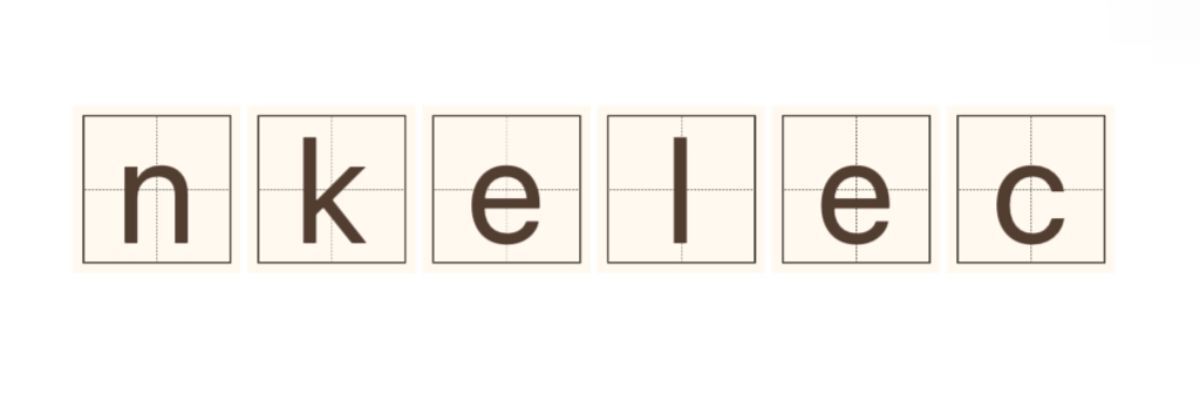How Can Space Solar Cell Interconnectors Overcome Performance Challenges?
Oct. 21, 2025
In the relentless pursuit of sustainable energy solutions, harnessing solar power in space has become a focal point for researchers and engineers alike. Space solar cell interconnectors play a vital role in enhancing the efficiency and reliability of solar energy systems deployed in the harsh conditions of outer space. As we explore the mechanisms by which these interconnectors can address performance challenges, it is essential to understand the unique demands of space environments.
For more information, please visit Space Solar Cell inter connector.
One of the primary performance challenges faced by solar cells in space is susceptibility to radiation. The harsh radiation environment in orbit can lead to the degradation of solar cell performance over time. To combat this, advanced materials and designs are being developed for space solar cell interconnectors. Utilizing radiation-hardened materials can increase the durability and lifespan of these components, ensuring that energy transmission remains effective throughout the mission.
The efficiency of energy transfer is another critical aspect affected by interconnectors. Traditional interconnecting methods may experience energy loss due to resistive heating, particularly under the extreme temperatures of space. By implementing innovative conductive materials and optimized geometries, space solar cell interconnectors can significantly reduce these losses, maintaining high efficiency under various operating conditions. For instance, using superconductive materials at cryogenic temperatures can virtually eliminate resistive losses, a breakthrough for space applications.
Thermal management also presents a significant challenge in the design of space solar cell interconnectors. In orbit, solar cells can experience dramatic temperature fluctuations, which can lead to thermal stress and, ultimately, failure of the interconnectors. To address this, interconnectors are now being designed with advanced thermal management features. These can include phase change materials that absorb and release heat, helping to stabilize the operating temperature of both the solar cells and their interconnectors.
Mechanical reliability remains an ongoing concern, as space missions can last for many years and are subject to vibrations during launch and operation. Interconnectors must be robust enough to withstand these stresses. Modern engineering techniques, such as finite element analysis, enable designers to simulate conditions and optimize interconnector designs for strength and flexibility. As a result, space solar cell interconnectors are being crafted to minimize wear and tear over time, ensuring long-term operational reliability.
Communication channels must also be kept efficient between solar cells and other spacecraft systems. Advanced interconnectors equipped with smart technology can facilitate real-time data transmission regarding the performance of solar arrays. By enabling prompt adjustments based on environmental changes, these smart interconnectors enhance overall system performance and energy harvesting capabilities.
To wrap up, as we endeavor to unlock the full potential of solar energy in space, innovations in space solar cell interconnectors are pivotal in overcoming the myriad performance challenges inherent in the cosmic environment. Through advancements in materials, designs, and smart technology integration, the path toward developing highly efficient and reliable solar power systems in space is becoming increasingly clear.
Want more information on micro triple junction GaAs solar cell? Feel free to contact us.
10
0
0
None


Comments
All Comments (0)